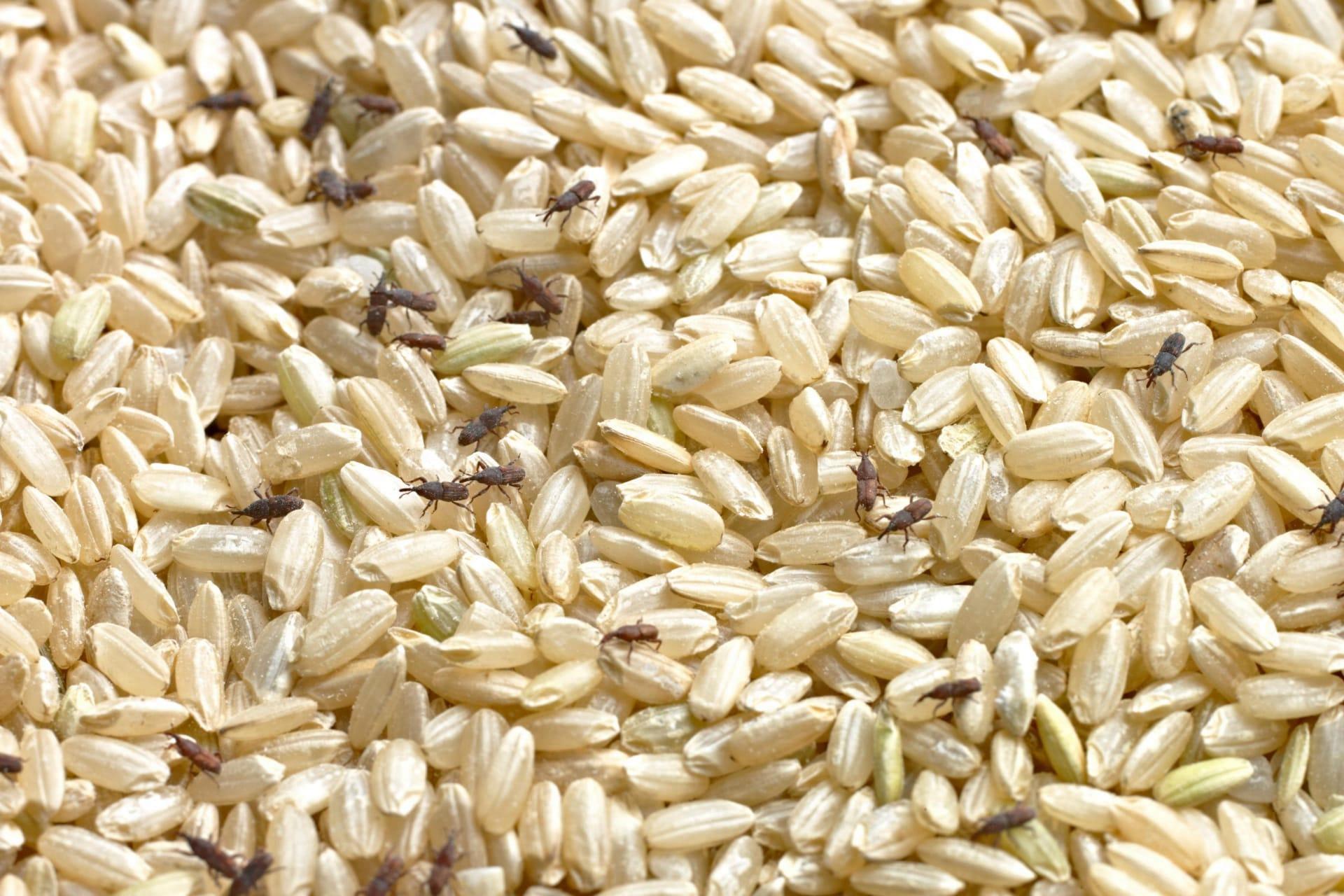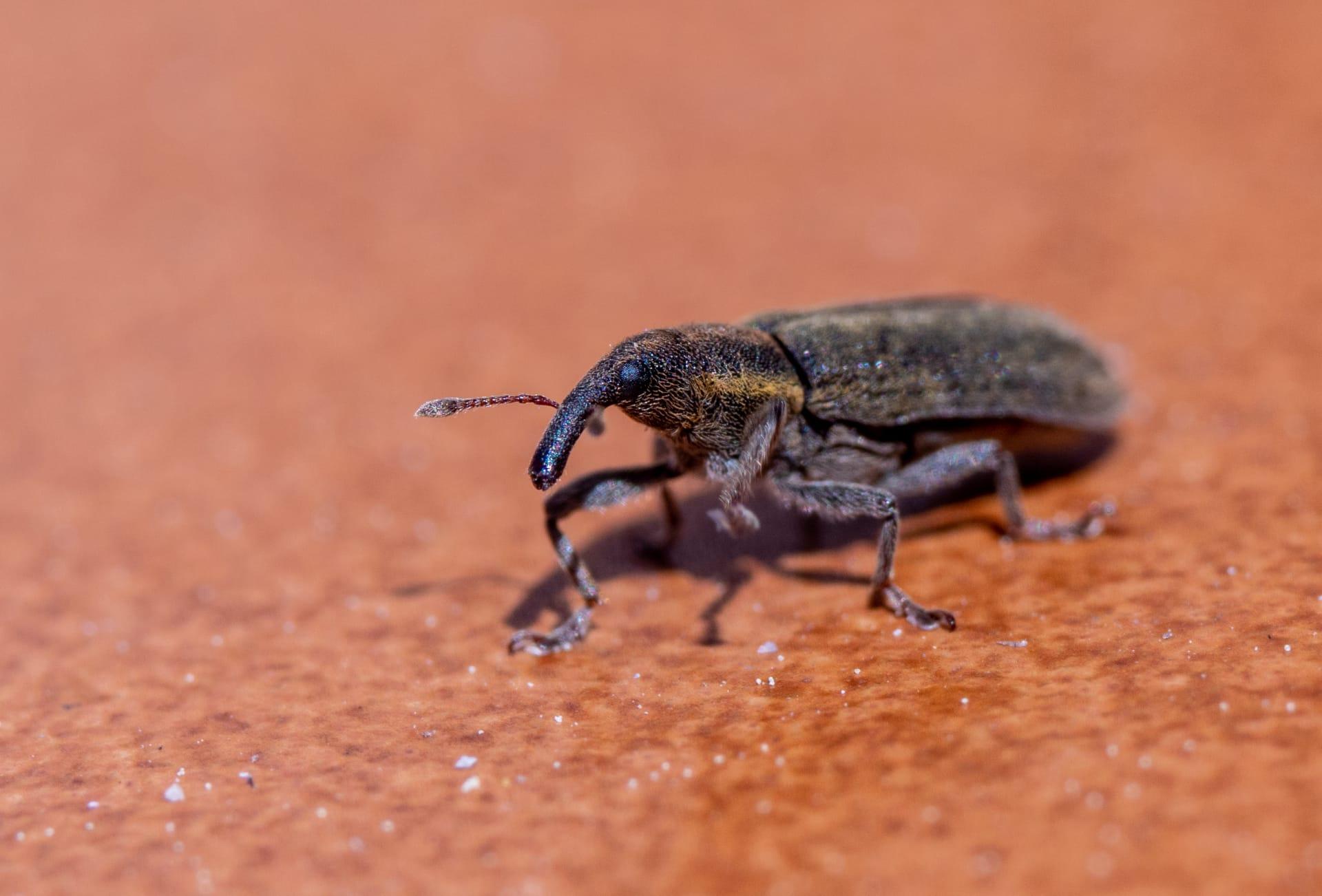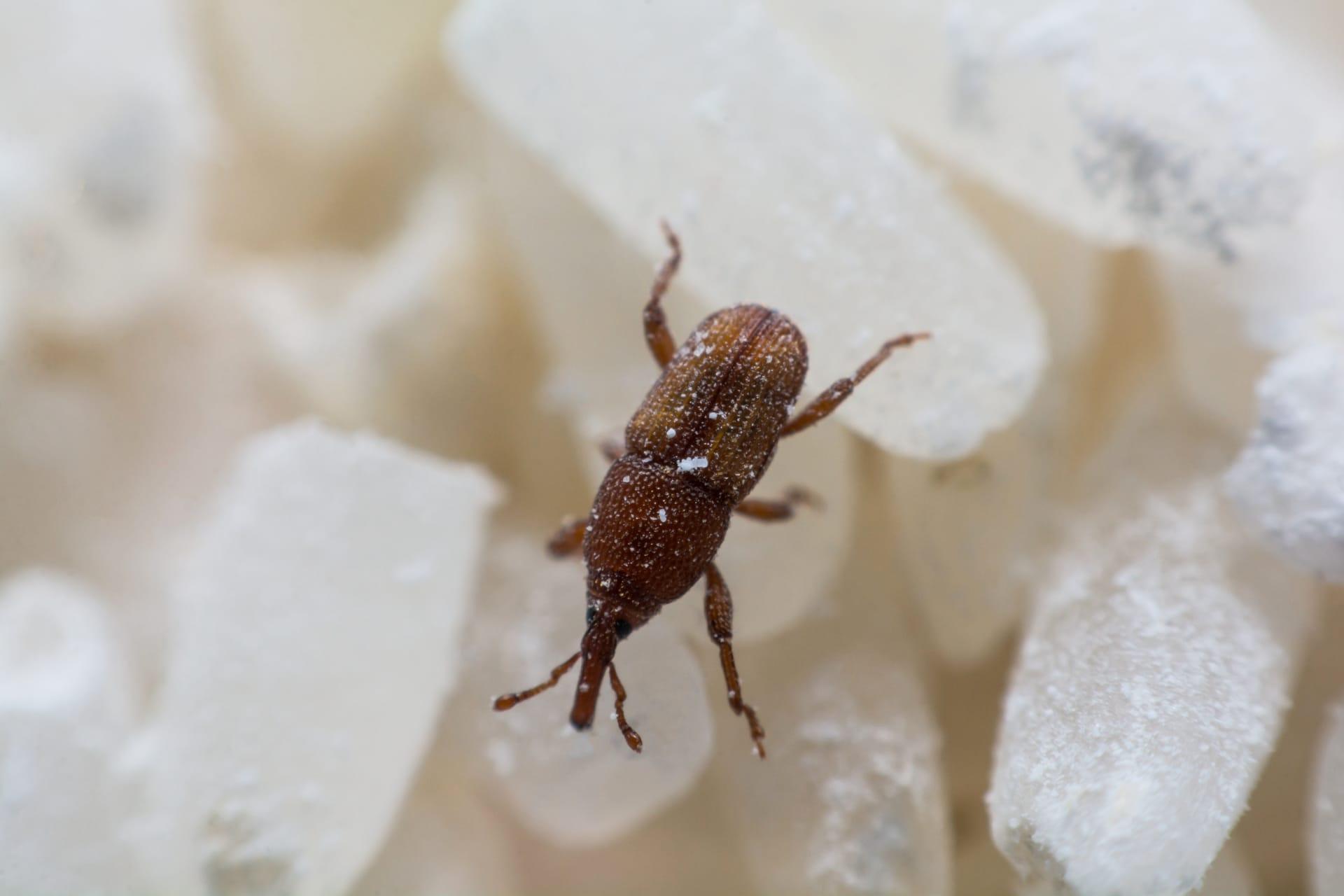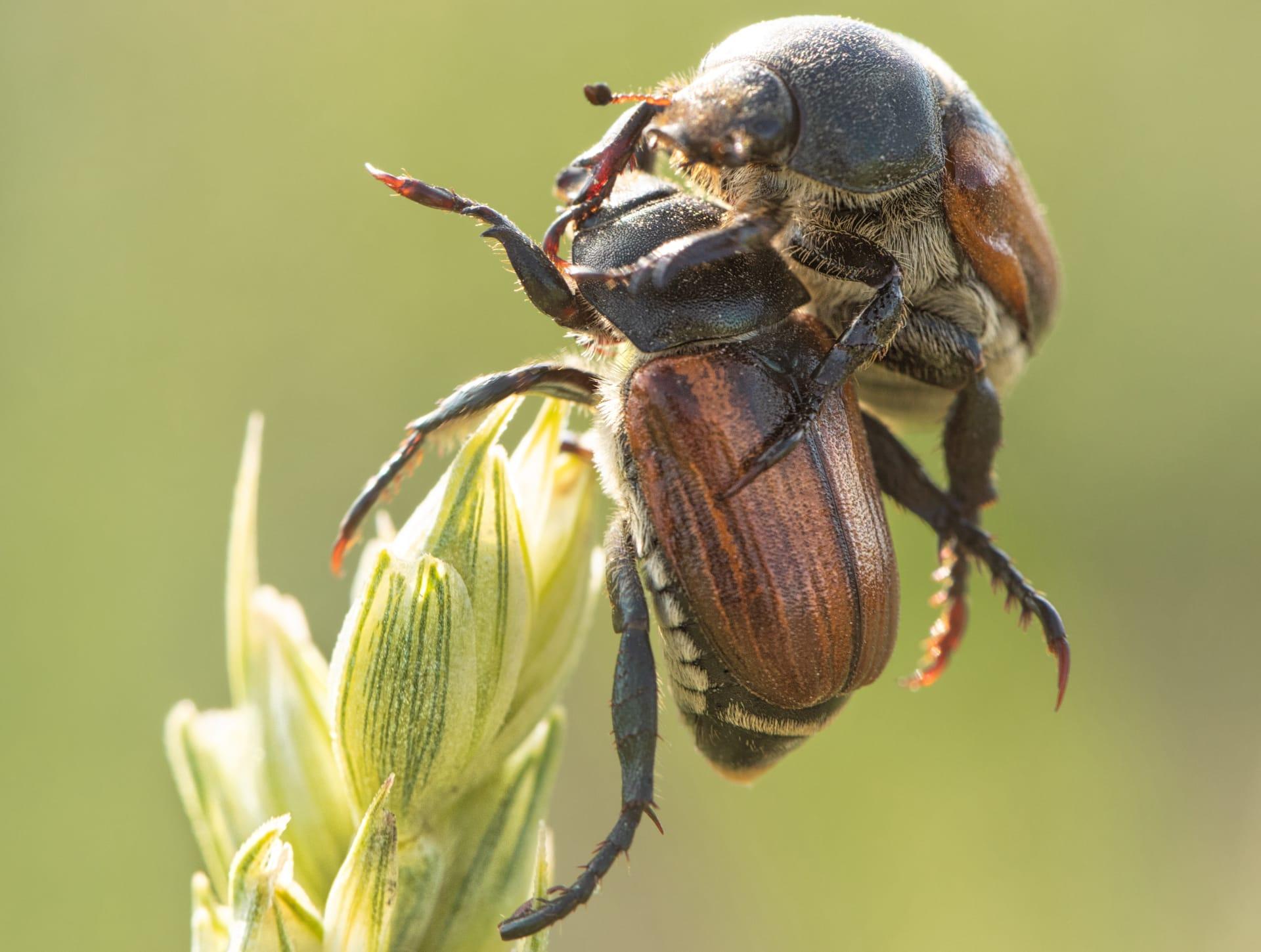Rice Weevil Characteristics
- Home /
- Mini Encyclopedia /
- Animal /
- Rice Weevil Characteristics
1
Let's dive into the fascinating world of the Rice Weevil, a tiny beetle that's big on impact. Picture this: a small bug, only about 2 to 3 millimeters long. That's about the size of a sesame seed! Despite their size, rice weevils are robust critters, with a lifespan ranging from 4 to 5 months, although under ideal conditions, some can live up to a year. These weevils are mostly brown or reddish-brown, making them masters of camouflage in their preferred habitats.
Now, the star feature of the Rice Weevil is its snout. This isn't just any ordinary bug nose. The snout is elongated, almost like a mini elephant trunk, and it's a crucial tool for survival. It's used to bore into grains, like rice, wheat, and maize. This is where the weevil lays its eggs, turning each grain into a nursery for its larvae. The snout's design is incredibly effective, allowing the weevil to infiltrate even the most securely stored grains.

2
Question: What attracts rice weevils to our pantries, and how can we prevent an infestation?
Answer: Rice weevils are drawn to stored grains and cereals, which provide both food and a perfect breeding ground. They have a keen sense for sniffing out their favorite foods. To prevent these unwelcome guests, it's crucial to store grains in airtight containers. Regularly cleaning pantries and checking for signs of infestation, like small holes in grains, can also help keep these pests at bay. Remember, an ounce of prevention is worth a pound of cure!

3
Movement is a key part of the rice weevil's life. They're not the fastest bugs on the block, but what they lack in speed, they make up for in persistence. When disturbed, they often play dead, only to sneak away when the coast is clear. But here's a twist: rice weevils can fly! While they don't cover long distances, this ability helps them spread to new food sources and environments.
When it comes to dining, rice weevils are pretty picky eaters. They prefer whole grains and cereals. The female weevil bores a hole into a grain using her snout, lays an egg inside, and then seals the hole with a gel-like substance. The larva feeds on the grain from the inside, growing until it's ready to emerge as an adult. This process is why infested grains often look bumpy or have small holes.

4
Rice weevils thrive in warm, humid environments. They are commonly found in tropical and subtropical regions but can also be found in temperate areas, especially in heated buildings. Their ideal temperature is between 25 to 30 degrees Celsius (77 to 86 degrees Fahrenheit), and they love humidity levels of about 70%. These conditions are often found in grain storage facilities, making them hotspots for infestation.
Reproduction is a vital part of the rice weevil's life cycle. Females lay between 300 to 400 eggs in their lifetime. The fascinating part is that they lay each egg inside a grain kernel. This provides the larva with a safe, nutrient-rich environment to grow. After about a month, the adult weevils emerge, ready to continue the cycle. This high reproductive rate makes them a formidable pest in agricultural settings.

5
Book: "The Secret Life of Weevils: Uncovering the Hidden World of Rice Weevils" by Dr. Emily Hart, published in the United States in 2015. This enlightening read dives into the biology and behavior of rice weevils. Hart’s work is renowned for making complex entomological concepts accessible to a broader audience. She discusses their impact on agriculture and provides insights into pest control strategies.
Book: "Insects in the Grain: A Comprehensive Guide to Stored Grain Pests" by Prof. Jonathan Miles, published in Australia in 2018. Miles provides a detailed exploration of various pests, with a significant focus on the rice weevil. The book offers a global perspective on how these insects affect food security. It's a must-read for anyone interested in agriculture, entomology, or food storage management.